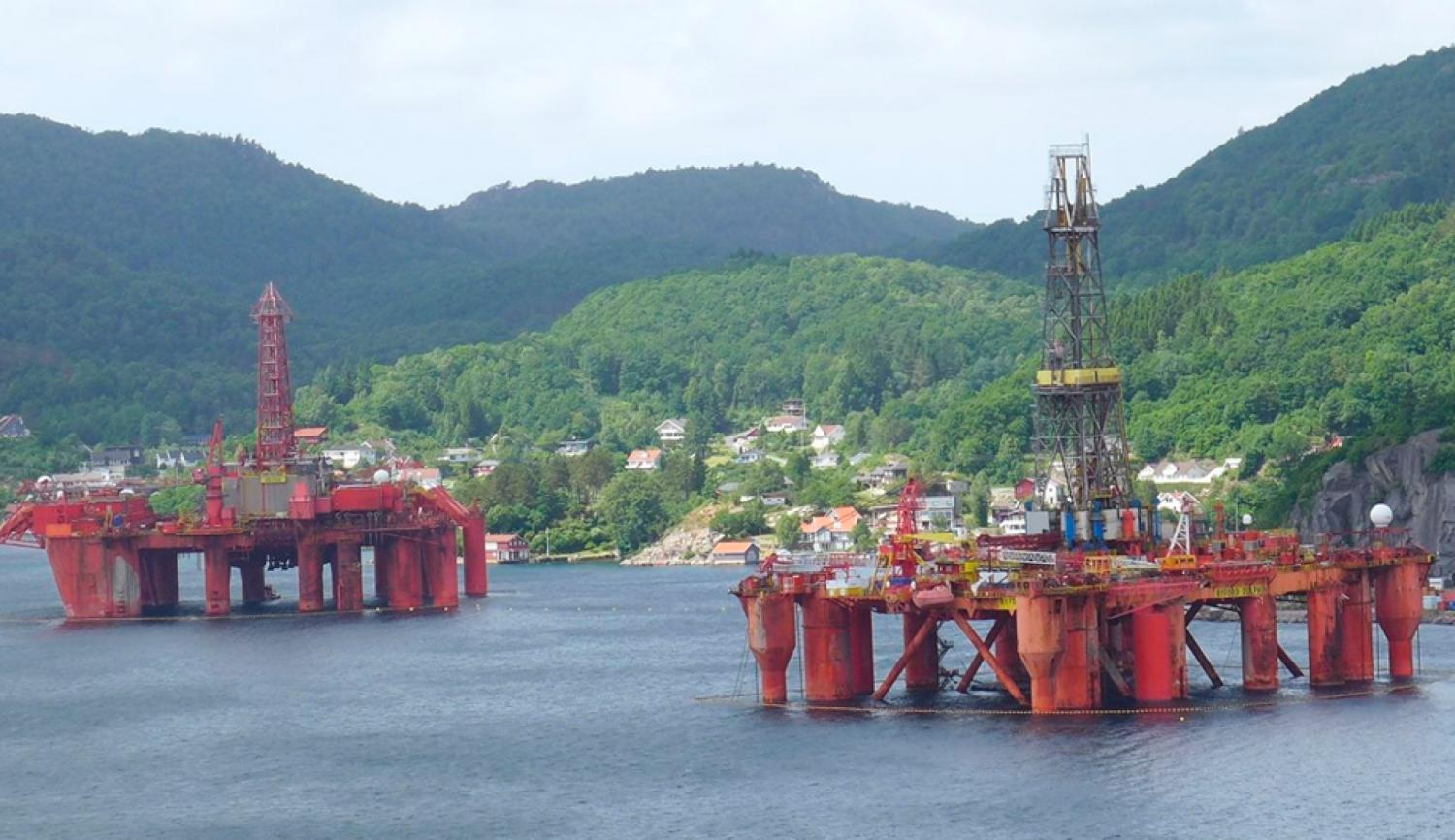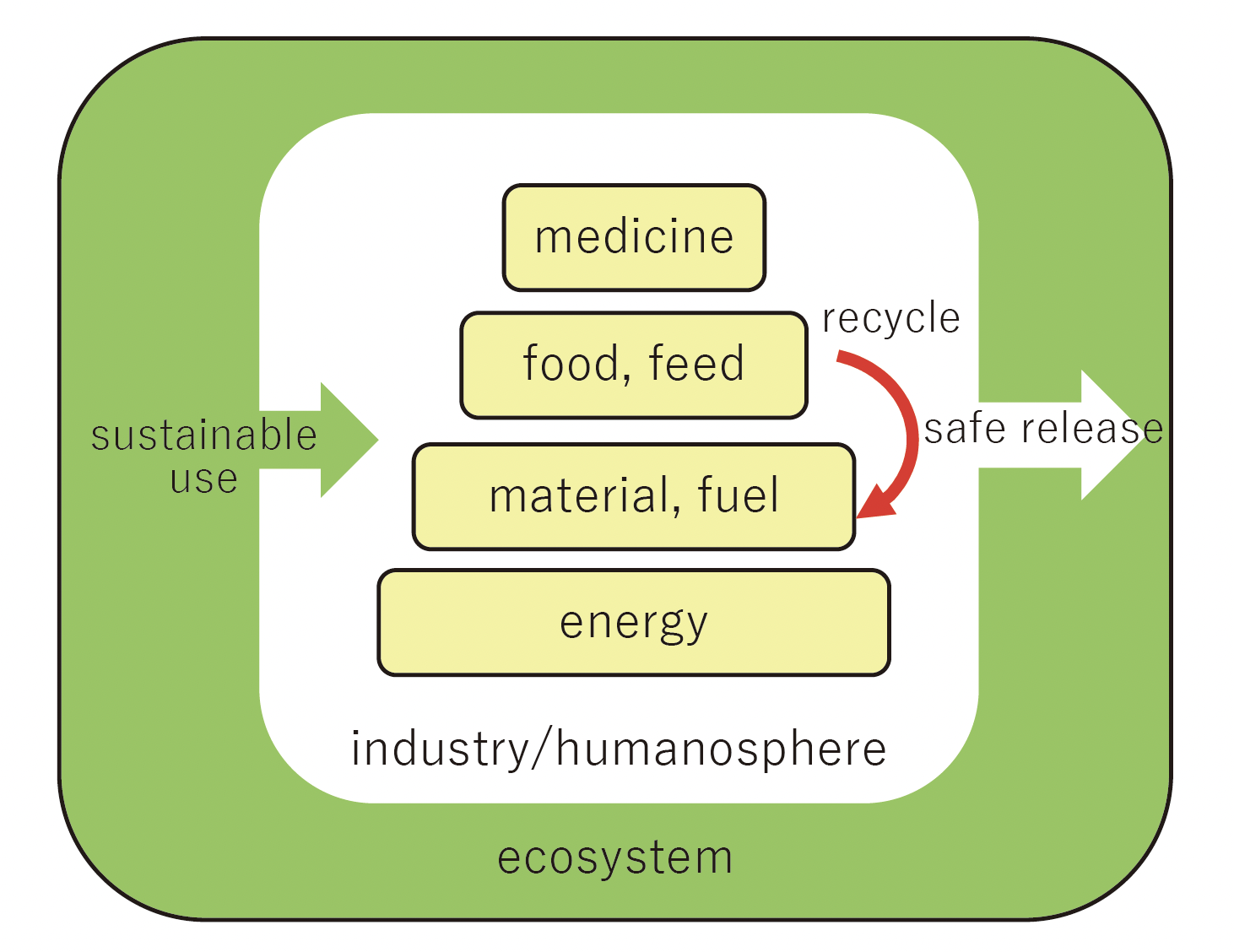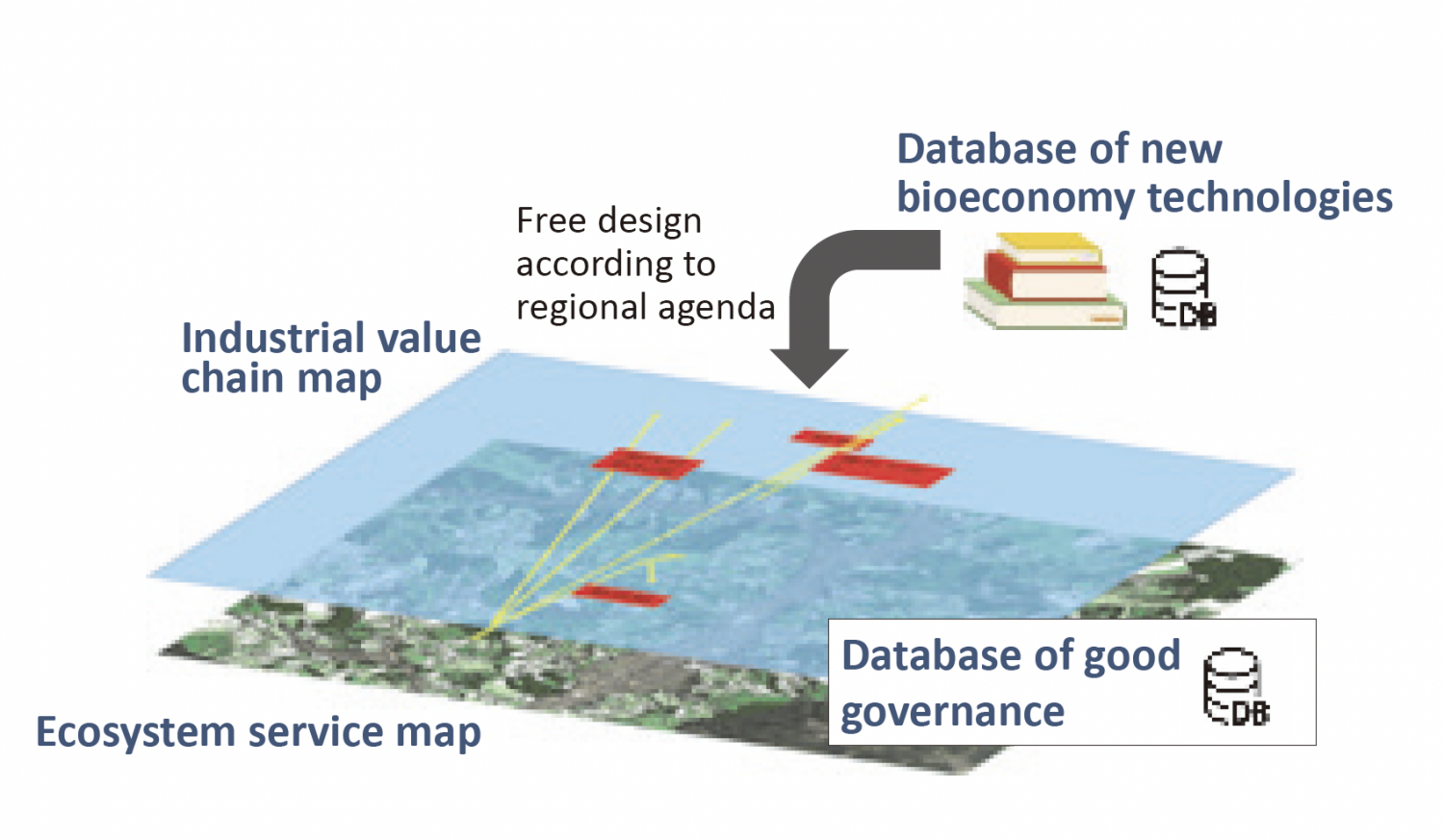
Fisical Year Completed
2024
[FS]Projection of land use orders in the bioeconomy era
[FS]Projection of land use orders in the bioeconomy era
Abstract
Bioeconomy, an economy built on advanced use of biomass and expected to lead defossilization, is set to significantly alter land use and industrial balance. This study aims to develop a toolkit that will facilitate consensus-building between agriculture, forestry, fisheries, secondary industries, local governments and citizens as they plan bioeconomy at municipal and regional level in order to enhance resource circulation within the region, maintaining a balance with ecosystem services.
Why do this research?
Shift to defossilization as a way to fight global warming will characterize as a major industrial revolution since the late 18th century, in which circular economy and bioeconomy will play pivotal roles. Circular economy is a resource-circulating economy minimizing underground resource extraction, while bioeconomy refers to a new economy built on advanced use of biomass (organic materials derived from living organisms) (Figure 1). In recent years, these concepts have often been merged and collectively called circular bioeconomy, propelling advanced nations and other nations to formulate national strategies. Even though some of it is already being applied to land use as in more use of renewable energy few can envision the overall picture.
Fossil fuels are not only used for energy but also as raw materials for plastics, synthetic fibers and many other materials. Enormous amounts of biomass will be required, be it from forests or farmlands, if it is to replace fossil fuels. Since the production of biomass varies by region and cultivation practices, land use and resource circulation must be planned meticulously if biomass is to be used sustainably. This will also significantly change industrial locations. It is also important to add that, if there is no broad vision, it will most likely result in temporary responses that will pose new environmental problems, if not confusion and confrontations in the region.
Results
What we want to do
This study aims to develop a toolkit that will facilitate consensus-building between agriculture, forestry, fisheries, secondary industries, local governments and citizens as they plan bioeconomy at municipal and regional level in order to enhance resource circulation within the region, maintaining a balance with ecosystem services (Figure 2). “Ecosystem service map” refers to making visible the sustainable supplies of biomass from local forests and farmlands. “Industrial value chain map” means presenting biomass-using industries in a map, visualizing the processing and flow of biomass. Further, we will enhance the “database of bioeconomy technologies” that can be employed to improve resource-cycling in the visualizations above, in ways that cater to local issues. The actual process of promoting bioeconomy will incur not only cost but economic and institutional challenges. We will analyze these challenges, creating solutions with local stakeholders. This information will also be made publicly available as a “database of good governance”. During the feasibility study phase, we will develop methodologies, using examples such as Japanese cedar – a biomass widely available in Japan - from the Yoneshiro River basin, Akita Prefecture, and rice from Nagaoka, Niigata Prefecture, as well as from other regions. The relationship between urban areas and their suburbs (Kita District, Kobe) will also be examined. During the full research phase, we plan to develop these tools as web applications and support bioeconomy planning at home and abroad, across various regions.
News
-
{{ data.disp_date }}
{{ data.content }}
Project Leader
NAGANO Takanori
Research schedule
| 2024 |
|---|
| FS |

